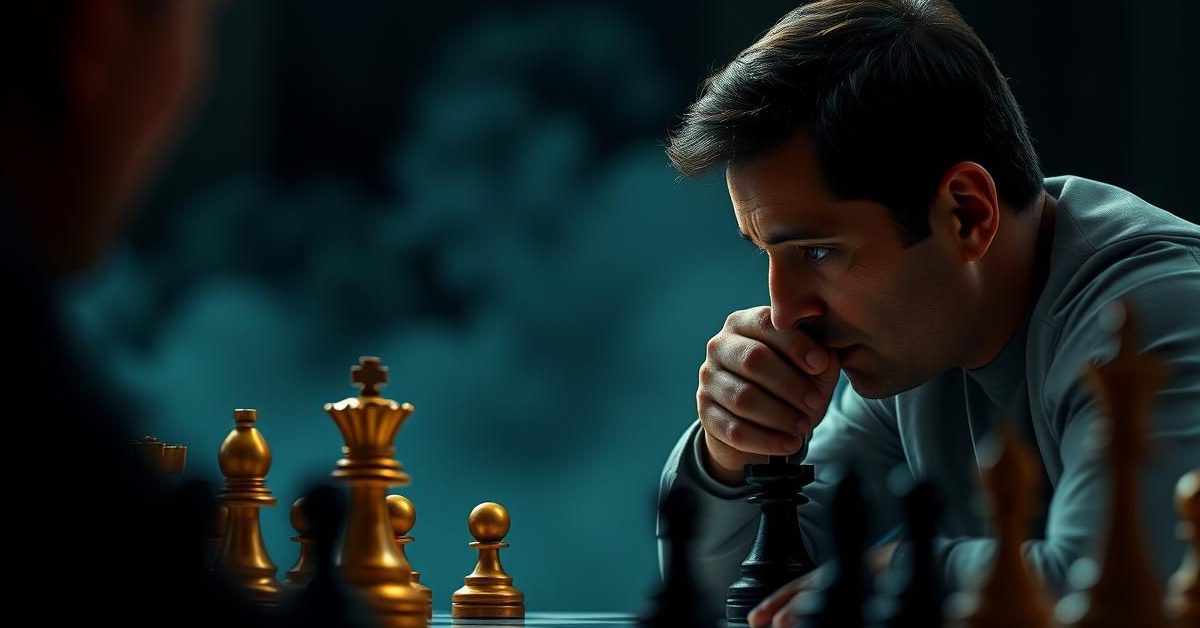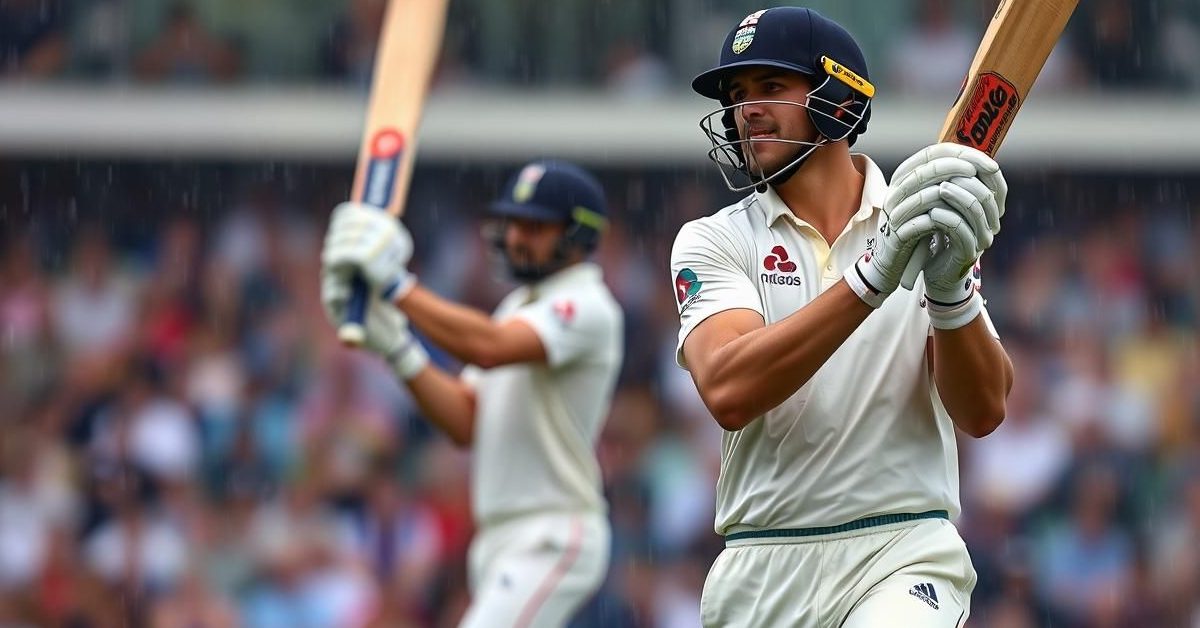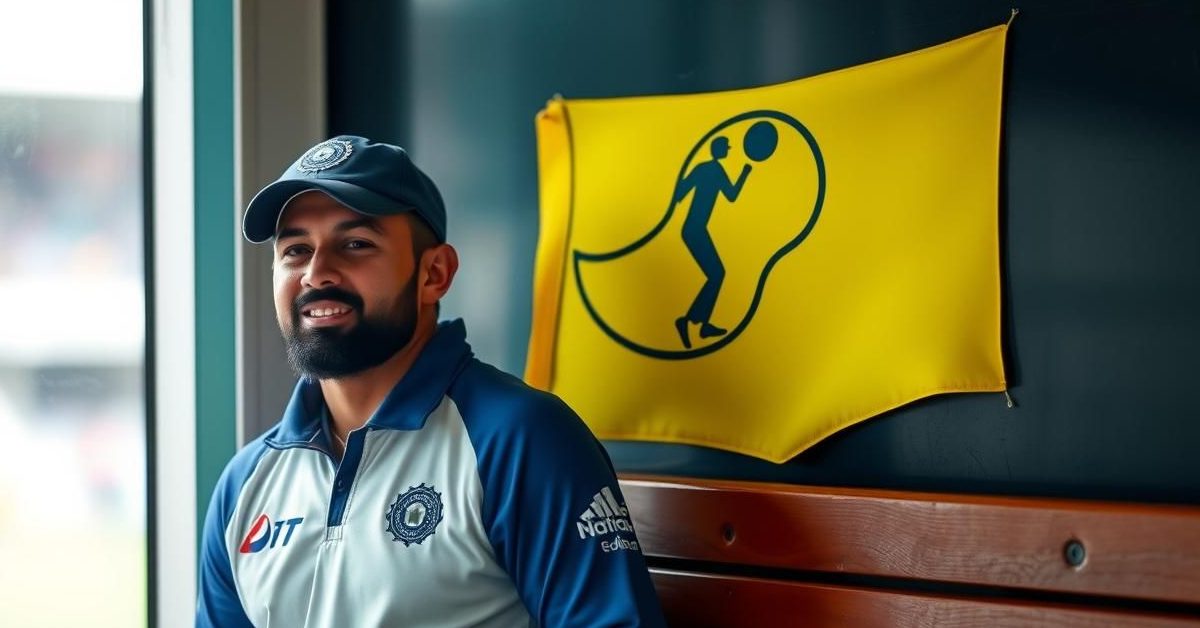Chess legend Garry Kasparov was one of the first humans to directly face the potential of artificial intelligence, battling IBM’s supercomputer Deep Blue in the 1990s and contemplating AI’s impact on human jobs and professions.
A Grandmaster’s Glimpse into the Future
Decades before the current wave of AI anxiety, Garry Kasparov, then the reigning chess world champion, found himself pondering a critical question: Could a machine truly threaten his life’s work? His famous encounters with computers in the 90s made him an unwilling pioneer in the human-AI frontier.
“Few people in the world know better than I do what it’s like to have your life’s work threatened by a machine,” Kasparov wrote in his book, *Deep Thinking*. He worried about the future of professional chess, media coverage, and even the game itself, if a machine proved superior.
The Iconic Deep Blue Showdowns
At the peak of his human dominance, Kasparov sought new challenges, turning his attention to supercomputers. His most famous duels were against IBM’s Deep Blue, which captured global headlines. Newsweek famously dubbed the showdown “The Brain’s Last Stand.”
These intense battles are the focus of ‘Rematch’, a new miniseries on Lionsgate Play. It highlights the dramatic contrast between their first meeting in 1996, which Kasparov won, and the decisive 1997 rematch in New York, where he suffered a historic defeat.
Kasparov viewed the 1996 match as a “science experiment,” but the 1997 contest became a full-blown “war with a machine.” The series captures this escalating drama, showcasing the clash between human intuition and raw computational power.
Deep Blue’s Unprecedented Power
Deep Blue wasn’t just any computer. The 1997 version was a technological marvel, utilizing 32 processors to evaluate 200 million chess positions per second. This astounding speed translated to 11.38 billion floating-point operations per second.
IBM’s team also significantly improved its chess databases, refined its evaluation functions, and even employed grandmasters to advise the machine’s strategy. They sought not just to win, but to make the computer’s play unpredictable, masking its digital “mind.”
The Enduring Human Question
A central theme of Kasparov’s battles, and the ‘Rematch’ series, revolves around the implications of AI surpassing human ability. A reporter in ‘Rematch’ asks a critical question: “In a factory, when a machine outperforms an employee, the employee will often lose their job.”
Kasparov initially dismissed the idea of losing to a machine, seeing the first encounter as merely an experiment. Yet, his eventual defeat in 1997 forced a deeper reckoning with the reality of advanced AI.
Why Human Chess Still Reigns
Despite machines becoming far superior to humans on the chessboard, the world still prefers to watch humans compete against each other. Why? Kasparov himself provided an answer through his post-Deep Blue experiences.
In 1998, he participated in a human-computer team match that ended in a 3-3 tie. This highlights the inherent problem with computer perfection: if two top-tier chess engines played each other, the result would almost always be a predictable draw. The human element, with its flaws, creativity, and unpredictability, is what truly captivates audiences.
- Garry Kasparov was among the first to face advanced AI, prompting early concerns about its impact on human professions.
- His two battles with IBM’s Deep Blue in 1996 and 1997 were historic, culminating in his defeat in the latter, more powerful rematch.
- Deep Blue was a technological powerhouse, capable of evaluating 200 million chess positions per second by 1997.
- Despite AI’s superiority in chess, human-versus-human tournaments remain popular due to the inherent drama and unpredictability that machines cannot offer.













